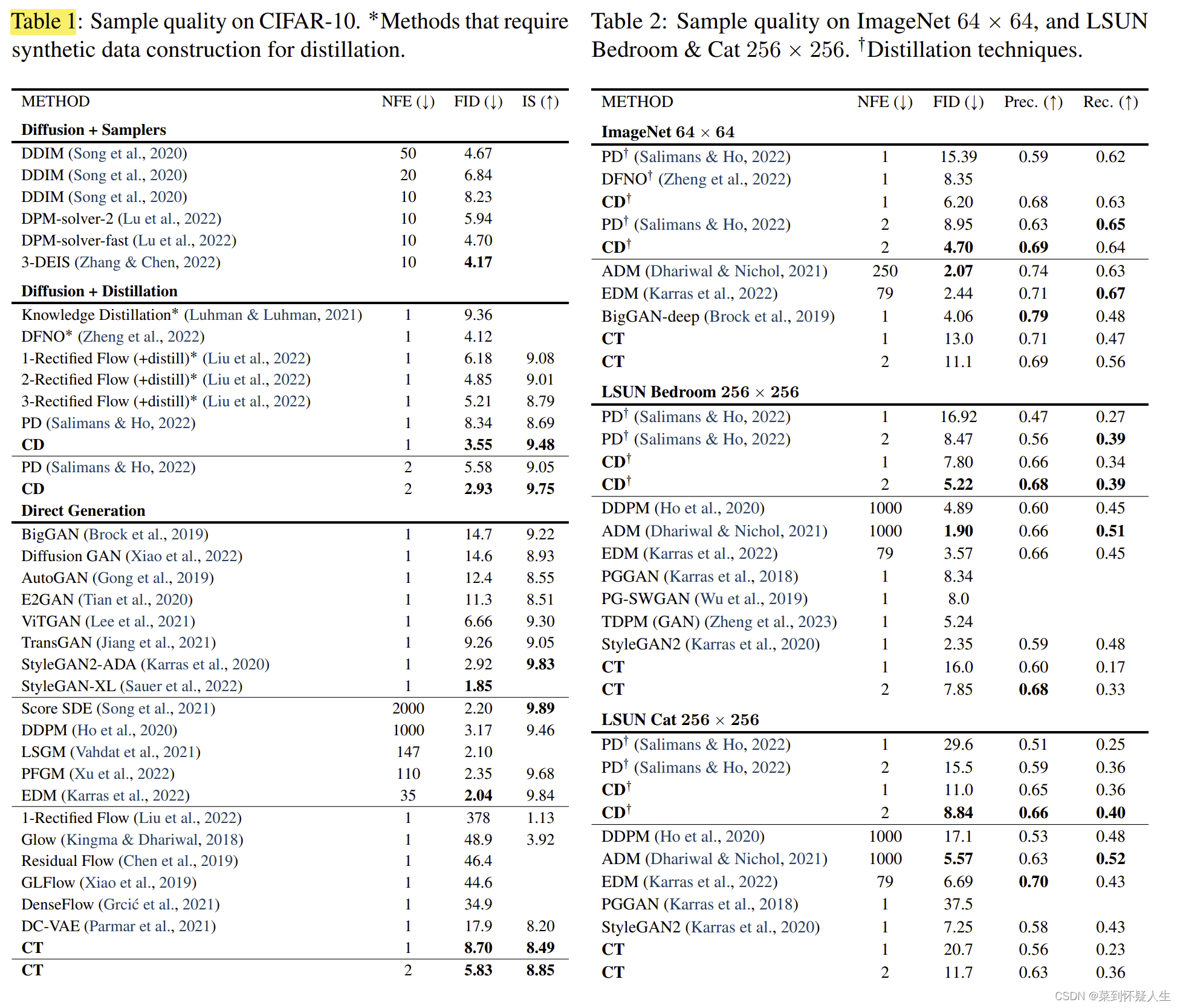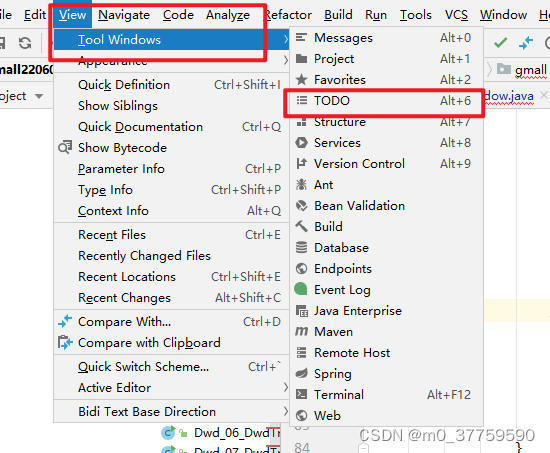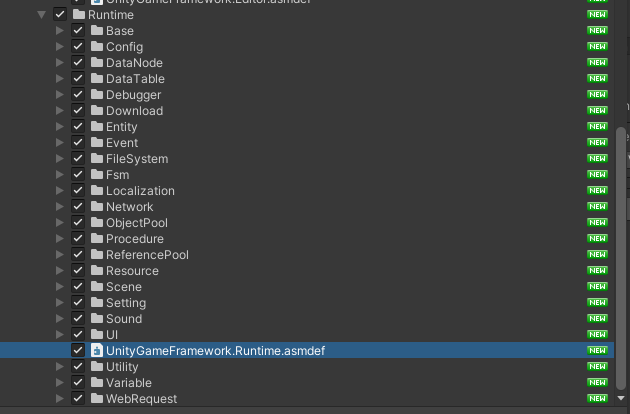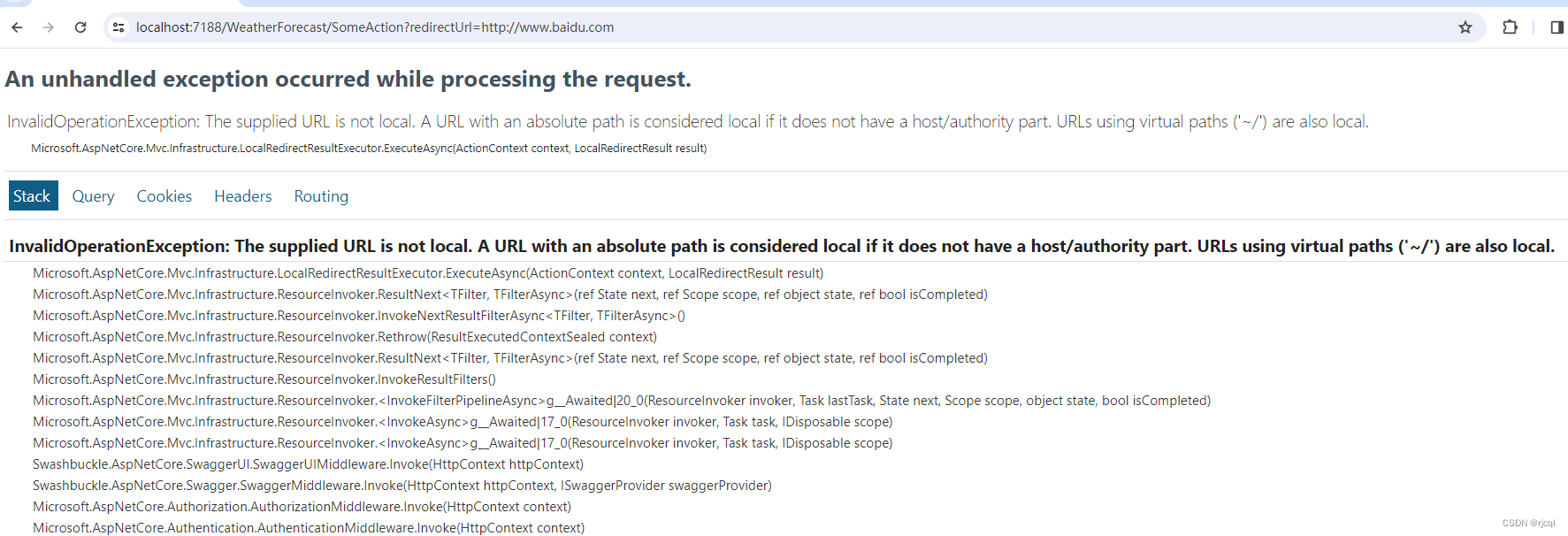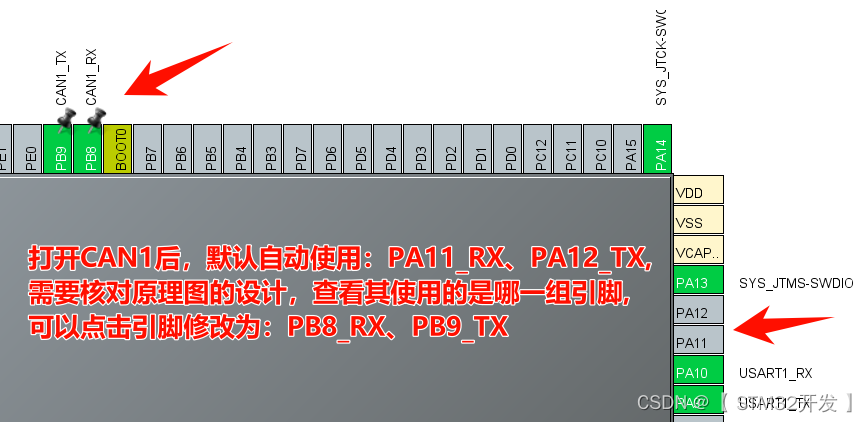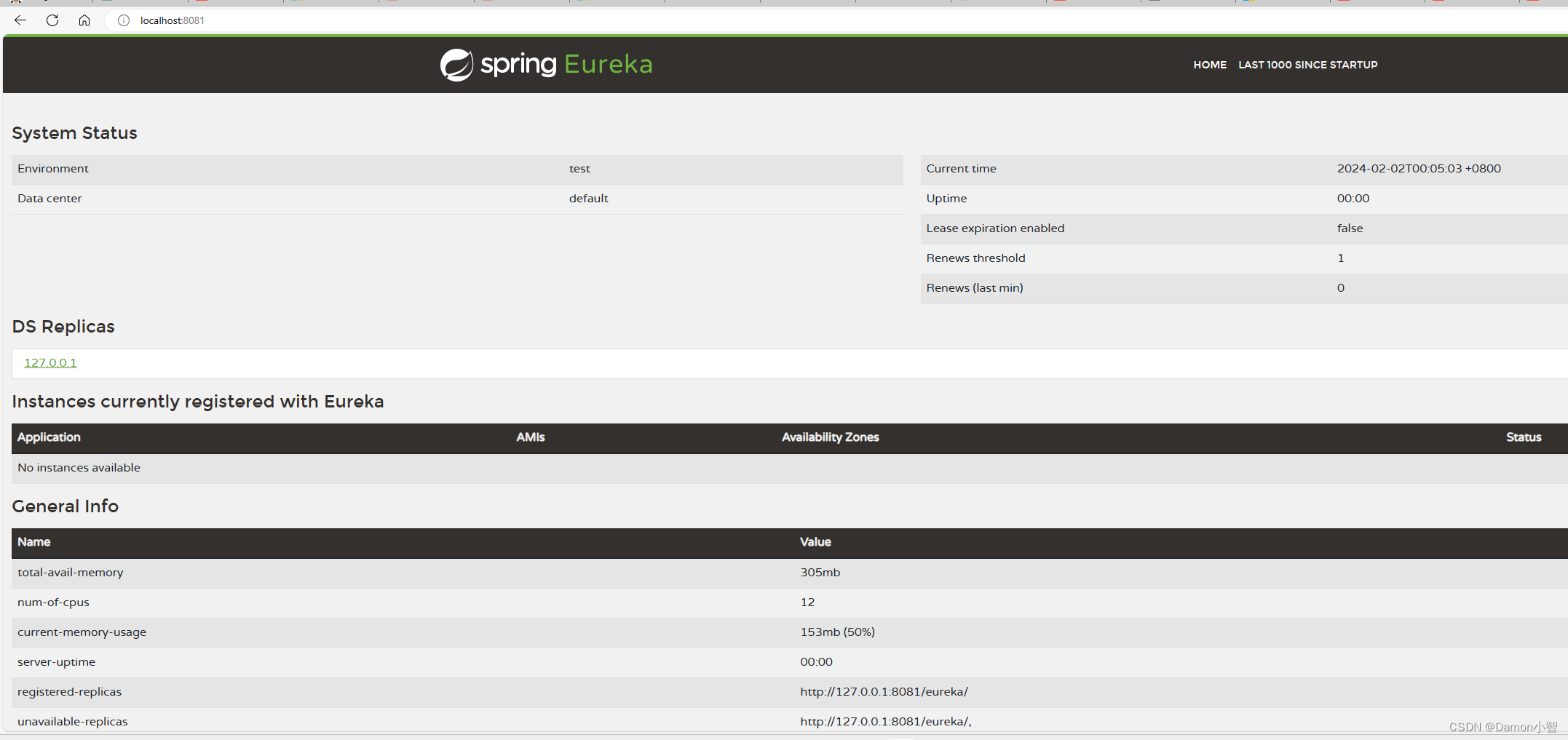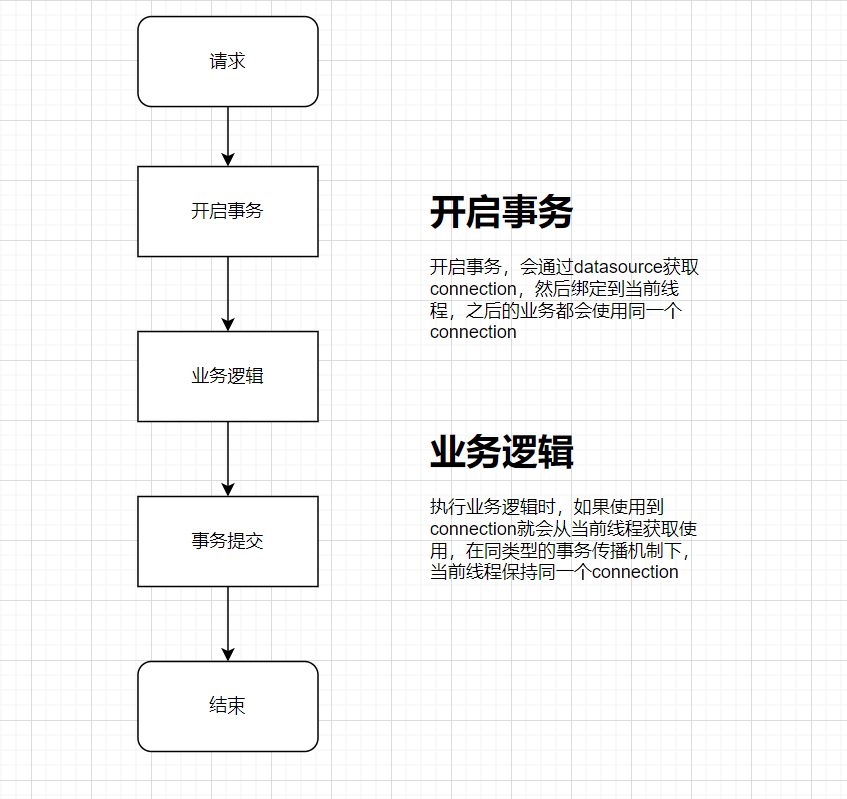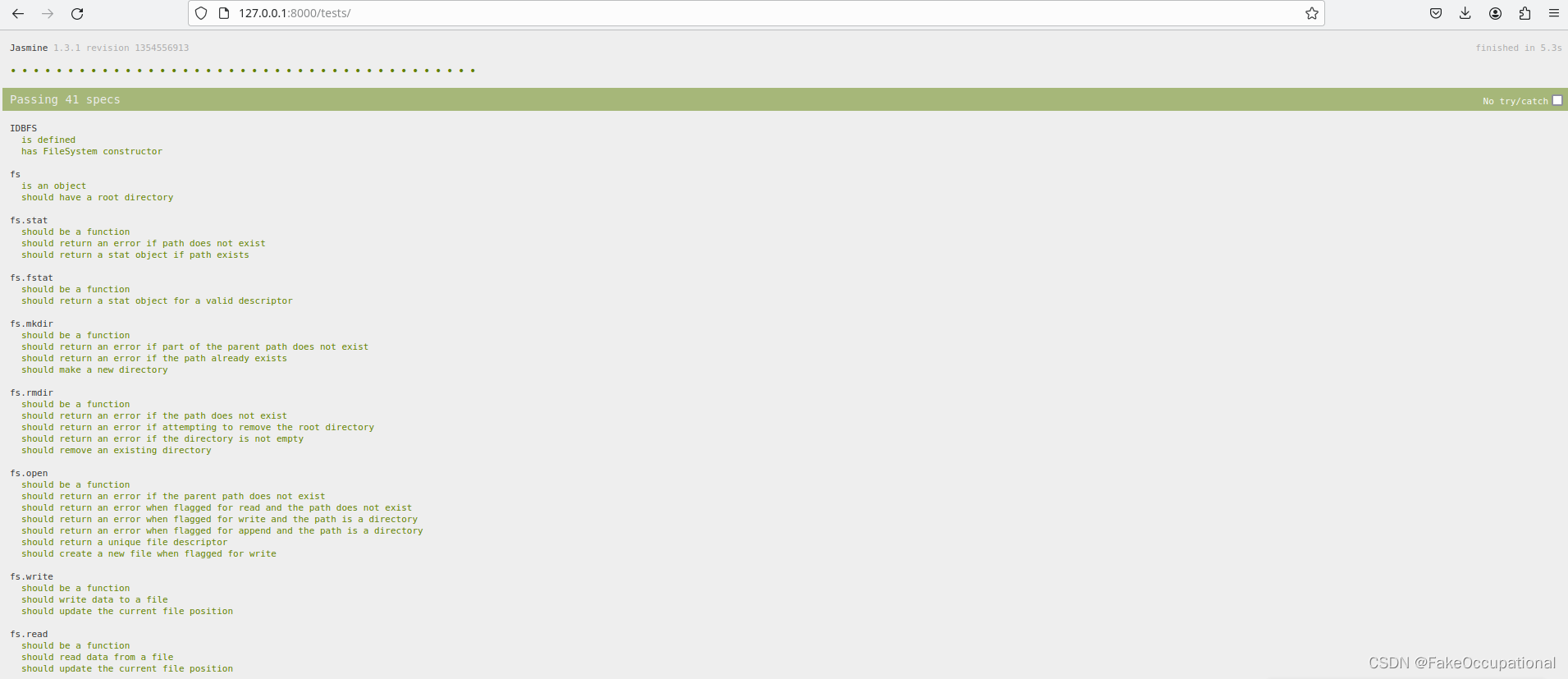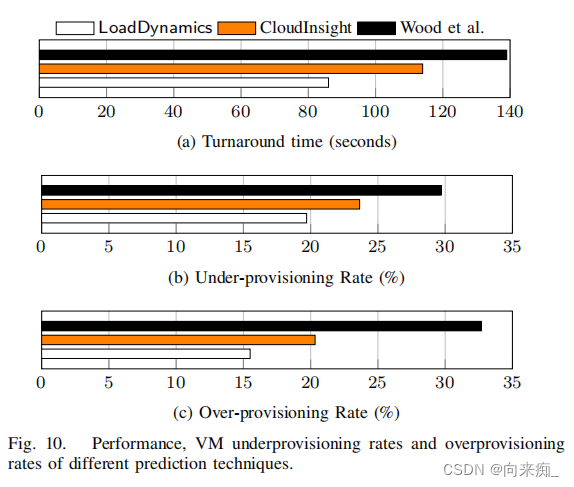目录
一、为什么要有动态内存分配
二、malloc 和 free
1、malloc
2、free
三、calloc和realloc
1、calloc
2、realloc
四、常见的动态内存的错误
1、对NULL指针的解引用操作
2、对动态开辟空间的越界访问
3、对非动态开辟内存使用 free 释放
4、使用free释放一块动态开辟内存的一部分
5、对同一块动态内存多次释放
6、动态开辟内存忘记释放(内存泄漏)
五、动态内存经典笔试题分析
1、题⽬1:
2、题⽬2:
3、题目3:
4、题目4:
六、柔性数组
1、柔性数组的特点:
2、柔性数组的使用
3、柔性数组的优势
七、总结C/C++中程序内存区域划分
一、为什么要有动态内存分配
我们已经掌握的内存开辟方式有:
int val = 20;//在栈空间上开辟四个字节
char arr[10] = {0};//在栈空间上开辟10个字节的连续空间但是上述的开辟空间的方式有两个特点:
• 空间开辟大小是固定的。
• 数组在申明的时候,必须指定数组的长度,数组空间一旦确定了大小不能调整。
但是对于空间的需求,不仅仅是上述的情况。有时候我们需要的空间大小在程序运行的时候才能知
道,那数组的编译时开辟空间的⽅式就不能满足了。
C语⾔引入了动态内存开辟,让程序员自己可以申请和释放空间,就⽐较灵活了。
二、malloc 和 free
1、malloc
C语言提供了⼀个动态内存开辟的函数:
void* malloc (size_t size);
这个函数向内存申请⼀块连续可⽤的空间,并返回指向这块空间的指针。
• 如果开辟成功,则返回⼀个指向开辟好空间的指针。
• 如果开辟失败,则返回⼀个 NULL 指针,因此 malloc 的返回值⼀定要做检查。
• 返回值的类型是 void* ,所以malloc函数并不知道开辟空间的类型,具体在使用的时候使用者自己来决定。
• 如果参数 size 输入为0,malloc的行为是标准未定义的,取决于编译器。
2、free
C语⾔提供了另外⼀个函数free,专⻔是⽤来做动态内存的释放和回收的,函数原型如下:
void free (void* ptr);
free函数⽤来释放动态开辟的内存。
• 如果参数 ptr 指向的空间不是动态开辟的,那free函数的⾏为是未定义的。
• 如果参数 ptr 是NULL指针,则函数什么事都不做。
malloc 和 free 都在 stdlib.h 头文件中
#include <stdlib.h>
#include <stdlib.h>
int main()
{
//int arr[10];
int* p = (int*)malloc(10*sizeof(int));
if (p == NULL)//开辟失败
{
perror("malloc");
return 1;
}
int i = 0;
//使用 - 给数组赋值
for (i = 0; i < 10; i++)
{
*(p + i) = i;
}
//打印
for (i = 0; i < 10; i++)
{
printf("%d ", *(p + i));
}
//释放空间
free(p);//释放p所指向的动态内存
ptr = NULL;//防止p成为野指针
return 0;
}
三、calloc和realloc
1、calloc
C语⾔还提供了⼀个函数叫 calloc , calloc 函数也⽤来动态内存分配。原型如下:
void* calloc (size_t num, size_t size);• 函数的功能是为 num 个大小为 size 的元素开辟⼀块空间,并且把空间的每个字节初始化为0。
• 与函数 malloc 的区别只在于 calloc 会在返回地址之前把申请的空间的每个字节初始化为全0。
举个例子:
#include <stdio.h>
#include <stdlib.h>
int main()
{
int* p = (int*)calloc(10, sizeof(int));
if (NULL != p)
{
int i = 0;
for (i = 0; i < 10; i++)
{
printf("%d ", *(p + i));
}
}
free(p);
p = NULL;
return 0;
}所以如果我们对申请的内存空间的内容要求初始化,那么可以很方便的使用calloc函数来完成任务。
2、realloc
• realloc函数的出现让动态内存管理更加灵活。
• 有时会我们发现过去申请的空间太小了,有时候我们又会觉得申请的空间过大了,那为了合理的使用内存,我们⼀定会对内存的大小做灵活的调整。那 realloc 函数就可以做到对动态开辟内存大小的调整。
void* realloc (void* ptr, size_t size);• ptr 是要调整的内存地址
• size 调整之后新大小
• 返回值为调整之后的内存起始位置(返回空指针)。
• 这个函数调整原内存空间大小的基础上,还会将原来内存中的数据移动到新的空间。
• realloc在调整内存空间有两种情况:
◦ 情况1:原有空间之后有足够大的空间
◦ 情况2:原有空间之后没有足够大的空间

情况1
当是情况1的时候,要扩展内存就直接原有内存之后直接追加空间,原来空间的数据不发⽣变化。
情况2
当是情况2的时候,原有空间之后没有⾜够多的空间时,扩展的⽅法是:在堆空间上另找⼀个合适大小的连续空间来使⽤。这样函数返回的是⼀个新的内存地址,同时把旧的数据拷贝到新的空间中,然后释放空间。
由于上述的两种情况,realloc函数的使⽤就要注意⼀些。
#include <stdio.h>
#include <stdlib.h>
int main()
{
int* ptr = (int*)malloc(100);
if (ptr != NULL)
{
//业务处理
}
else
{
return 1;
}
//扩展容量
//代码1 - 直接将realloc的返回值放到ptr中
ptr = (int*)realloc(ptr, 1000);//这样可以吗?(如果申请失败会如何?)
//一般不会返回原空间会创造出新的空间
//代码2 - 先将realloc函数的返回值放在p中,不为NULL,在放ptr中
int* p = NULL;
p = realloc(ptr, 1000);
if (p != NULL)
{
ptr = p;
}
//业务处理
free(ptr);
return 0;
}
int main()
{
int*p = (int*)realloc(NULL, 40);//等价于malloc
//释放空间
free(p);
p = NULL;
return 0;
}四、常见的动态内存的错误
1、对NULL指针的解引用操作
void test()
{
int* p = (int*)malloc(INT_MAX / 4);
*p = 20;//如果p的值是NULL,就会有问题
free(p);
}
//正确写法
int main()
{
int*p = (int*)malloc(100);
if (p == NULL)
{
//报错信息
perror("malloc");
return 1;
}
*p = 20;//p有可能是NULL指针的
//释放
free(p);
p = NULL;
return 0;
}2、对动态开辟空间的越界访问
void test()
{
int i = 0;
int* p = (int*)malloc(10 * sizeof(int));
if (NULL == p)
{
exit(EXIT_FAILURE);
}
for (i = 0; i <= 10; i++)//当i是10的时候越界访问
{
*(p + i) = i;
}
free(p);
}3、对非动态开辟内存使用 free 释放
int main()
{
int a = 10;
int* p = (int*)malloc(40);
if (p == NULL)
{
return 1;
}
//使用
//...
p = &a;//p指向的空间就不再是堆区上的空间
free(p);
p = NULL;
//....
return 0;
}4、使用 free 释放一块动态开辟内存的一部分
void test()
{
int* p = (int*)malloc(100);
p++;
free(p);//p不再指向动态内存的起始位置
}5、对同一块动态内存多次释放
void test()
{
int* p = (int*)malloc(100);
free(p);
free(p);//重复释放
}6、动态开辟内存忘记释放(内存泄漏)
void test()
{
int* p = (int*)malloc(100);//吃内存
if (NULL != p)
{
*p = 20;
}
}
int main()
{
test();
while (1);
}切记:动态开辟的空间⼀定要释放,并且正确释放。
总结:malloc / calloc / realloc 申请空间如果不主动释放,出作用域是不会销毁的,释放的方式:1. free主动释放;2. 直到程序结束,才由操作系统回收。
五、动态内存经典笔试题分析
1、题目1:
//分析代码
void GetMemory(char* p)//临时变量创建使用后就会销毁后
{
p = (char*)malloc(100);
}
void Test(void)
{
char* str = NULL;
GetMemory(str);
strcpy(str, "hello world");
printf(str);
}
//正确代码1
void GetMemory(char** p)
{
*p = (char*)malloc(100);
}
void Test(void)
{
char* str = NULL;
GetMemory(&str);
strcpy(str, "hello world");
printf(str);//可以正常打印
free(str);
str = NULL;
}
int main()
{
Test();
return 0;
}
//正确代码2
#include <string.h>
char* GetMemory()
{
char* p = (char*)malloc(100);
return p;
}
void Test(void)
{
char* str = NULL;
str = GetMemory();
strcpy(str, "hello world");
printf(str);
free(str);
str = NULL;
}
int main()
{
Test();
return 0;
}
请问运⾏ Test 函数会有什么样的结果?
程序崩溃
2、题目2:
//返回栈空间地址问题
char* GetMemory(void)//使用完就会被销毁
{
char p[] = "hello world";//static char p[] = "hello world";
return p;
}
void Test(void)
{
char* str = NULL;
str = GetMemory();
printf(str);
}
int main()
{
Test();
return 0;
}请问运⾏Test 函数会有什么样的结果?
崩溃
3、题目3:
//忘记释放,会造成内存泄露
void GetMemory(char** p, int num)
{
*p = (char*)malloc(num);
}
void Test(void)
{
char* str = NULL;
GetMemory(&str, 100);
strcpy(str, "hello");
printf(str);
free(str);
str = NULL;
}
int main()
{
Test();
return 0;
}请问运⾏ Test 函数会有什么样的结果?
4、题目4:
//需要手动置空
void Test(void)
{
char* str = (char*)malloc(100);
strcpy(str, "hello");
free(str);
if (str != NULL)
{
strcpy(str, "world");
printf(str);
}
}
//改正
void Test(void)
{
char* str = (char*)malloc(100);
strcpy(str, "hello");
free(str);
str = NULL;
//str就是野指针
if (str != NULL)
{
strcpy(str, "world");//非法访问
printf(str);
}
}
int main()
{
Test();
return 0;
}请问运⾏ Test 函数会有什么样的结果?
崩溃
六、柔性数组
也许你从来没有听说过柔性数组(flexiblearray)这个概念,但是它确实是存在的。
C99中,结构体中的最后⼀个元素允许是未知大小的数组,这就叫做『柔性数组』成员。
例如:
typedef struct st_type
{
int i;
int a[0];//柔性数组成员
};
有些编译器会报错⽆法编译可以改成:
typedef struct st_type
{
int i;
int a[];//柔性数组成员
}type_a;//可有可无1、柔性数组的特点:
• 结构中的柔性数组成员前⾯必须⾄少⼀个其他成员。
• sizeof 返回的这种结构⼤⼩不包括柔性数组的内存。
• 包含柔性数组成员的结构⽤malloc ()函数进⾏内存的动态分配,并且分配的内存应该⼤于结构的⼤⼩,以适应柔性数组的预期⼤⼩。
例如:
typedef struct st_type
{
int i;
int a[0];//柔性数组成员
}type_a;
int main()
{
printf("%d\n", sizeof(type_a));//输出的是4,没有包含柔性数字
return 0;
}2、柔性数组的使用
//代码1
#include <stdio.h>
#include <stdlib.h>
typedef struct st_type
{
int i;
int a[];//柔性数组成员
}type_a;//可有可无
int main()
{
int i = 0;
type_a* p = (type_a*)malloc(sizeof(type_a) + 100 * sizeof(int));
//业务处理
p->i = 100;
for (i = 0; i < 100; i++)
{
p->a[i] = i;
}
for (i = 0; i < 15; i++)
{
printf("%d ", p->a[i]);
}
free(p);
return 0;
}这样柔性数组成员a,相当于获得了100个整型元素的连续空间。
3、柔性数组的优势
上述的 type_a 结构也可以设计为下⾯的结构,也能完成同样的效果。
//代码2
#include <stdio.h>
#include <stdlib.h>
typedef struct st_type
{
int i;
int* p_a;
}type_a;
int main()
{
int i = 0;
type_a* p = (type_a*)malloc(sizeof(type_a));
p->i = 100;
p->p_a = (int*)malloc(p->i * sizeof(int));//当成一个数组
//业务处理
for (i = 0; i < 100; i++)
{
p->p_a[i] = i;
}
for (i = 0; i < 15; i++)
{
printf("%d ", p->p_a[i]);
}
//释放空间
free(p->p_a);
p->p_a = NULL;
free(p);
p = NULL;
return 0;
}上述 代码1 和 代码2 可以完成同样的功能,但是 ⽅法1 的实现有两个好处:
第⼀个好处是:方便内存释放
如果我们的代码是在⼀个给别⼈⽤的函数中,你在⾥⾯做了⼆次内存分配,并把整个结构体返回给⽤户。⽤户调⽤free可以释放结构体,但是⽤⼾并不知道这个结构体内的成员也需要free,所以你不能指望用户来发现这个事。所以,如果我们把结构体的内存以及其成员要的内存⼀次性分配好了,并返回给用户⼀个结构体指针,⽤户做⼀次 free 就可以把所有的内存也给释放掉。
第⼆个好处是:这样有利于访问速度
连续的内存有益于提⾼访问速度,也有益于减少内存碎片。(其实,我个⼈觉得也没多⾼了,反正你跑不了要用做偏移量的加法来寻址)
//示范
struct St
{
char c;
int n;
int* arr;
};
int main()
{
//struct St s = {0};
//printf("%d\n", sizeof(struct St));
struct St* ps = (struct St*)malloc(sizeof(struct St));
if (ps == NULL)
{
perror("malloc");
return 1;
}
ps->c = 'w';
ps->n = 100;
ps->arr = (int*)malloc(10*sizeof(int));
if (ps->arr == NULL)
{
perror("malloc-2");
return 1;
}
//使用
int i = 0;
for (i = 0; i < 10; i++)
{
ps->arr[i] = i;
}
//数组空间不够
int* ptr = (int*)realloc(ps->arr, 15*sizeof(int));
if (ptr == NULL)
{
perror("realloc");
return 1;
}
else
{
ps->arr = ptr;
}
//使用
for (i = 10; i < 15; i++)
{
ps->arr[i] = i;
}
for (i = 0; i < 15; i++)
{
printf("%d ", ps->arr[i]);
}
printf("\n%d\n", ps->n);
printf("%c\n", ps->c);
//释放
free(ps->arr);
ps->arr = NULL;
free(ps);
ps = NULL;
return 0;
}
七、总结C/C++中程序内存区域划分
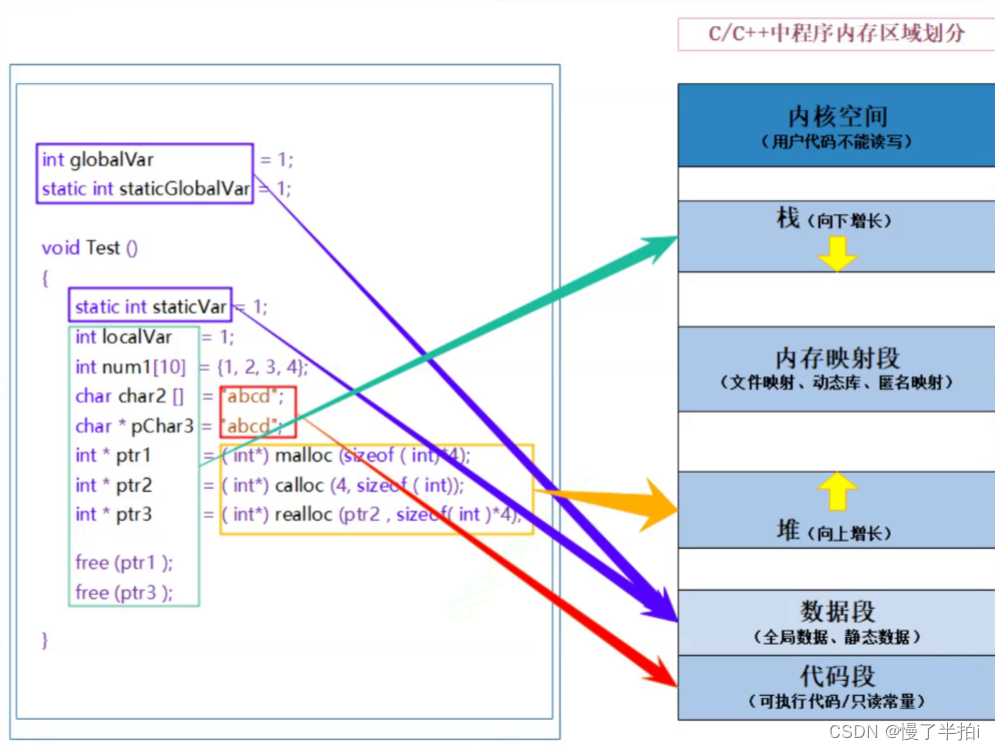
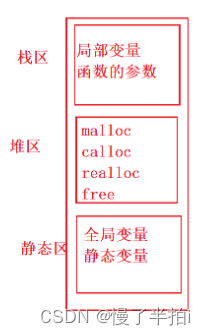
C/C++程序内存分配的⼏个区域:
1. 栈区(stack):在执⾏函数时,函数内局部变量的存储单元都可以在栈上创建,函数执⾏结束时这些存储单元自动被释放。栈内存分配运算内置于处理器的指令集中,效率很⾼,但是分配的内
存容量有限。栈区主要存放运⾏函数⽽分配的局部变量、函数参数、返回数据、返回地址等。
2. 堆区(heap):⼀般由程序员分配释放,若程序员不释放,程序结束时可能由OS(操作系统)回收。分配方式类似于链表。
3. 数据段(静态区):(static)存放全局变量、静态数据。程序结束后由系统释放。
4. 代码段:存放函数体(类成员函数和全局函数)的⼆进制代码。
学习很苦,鸡汤很补!!!



